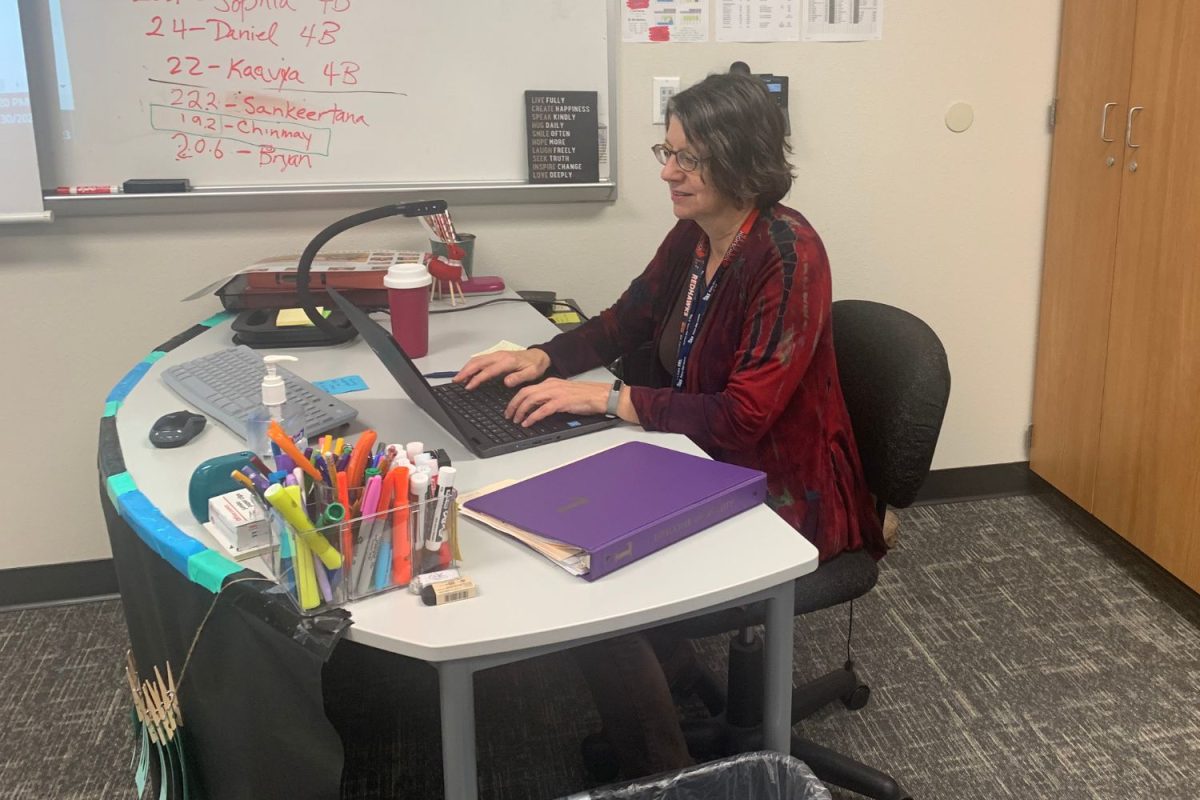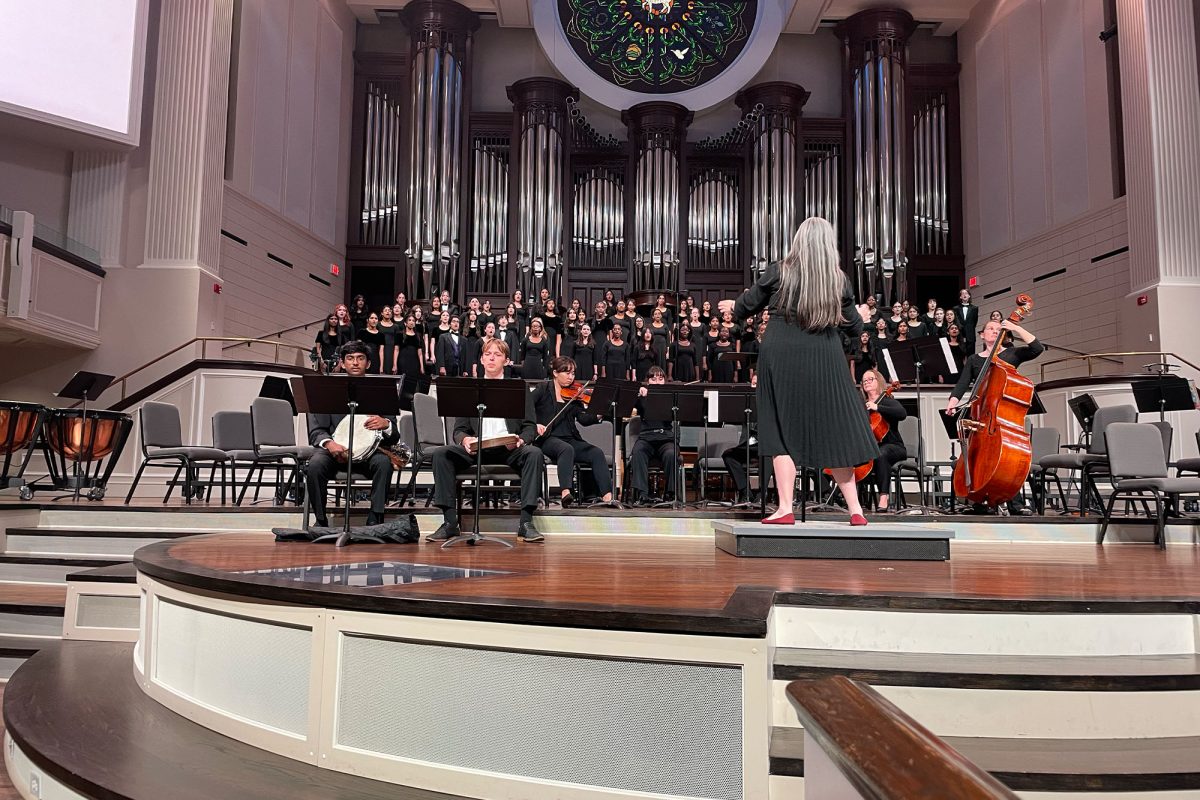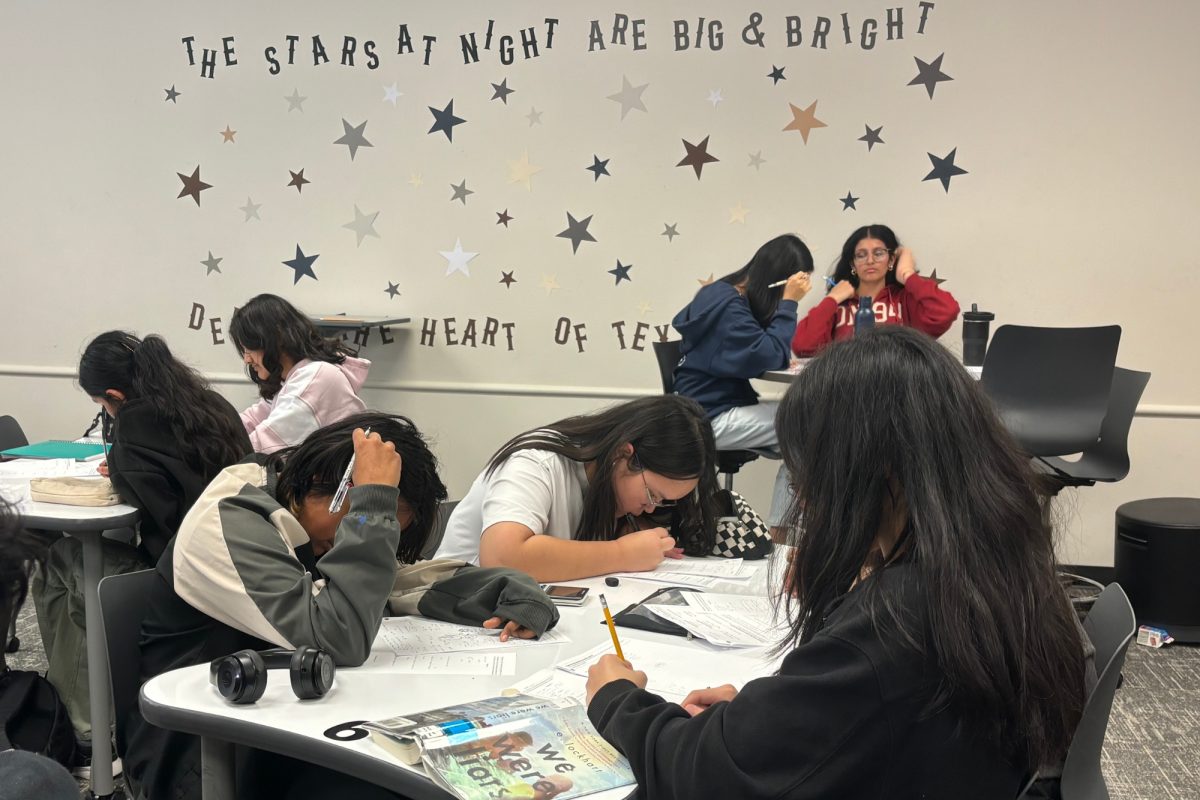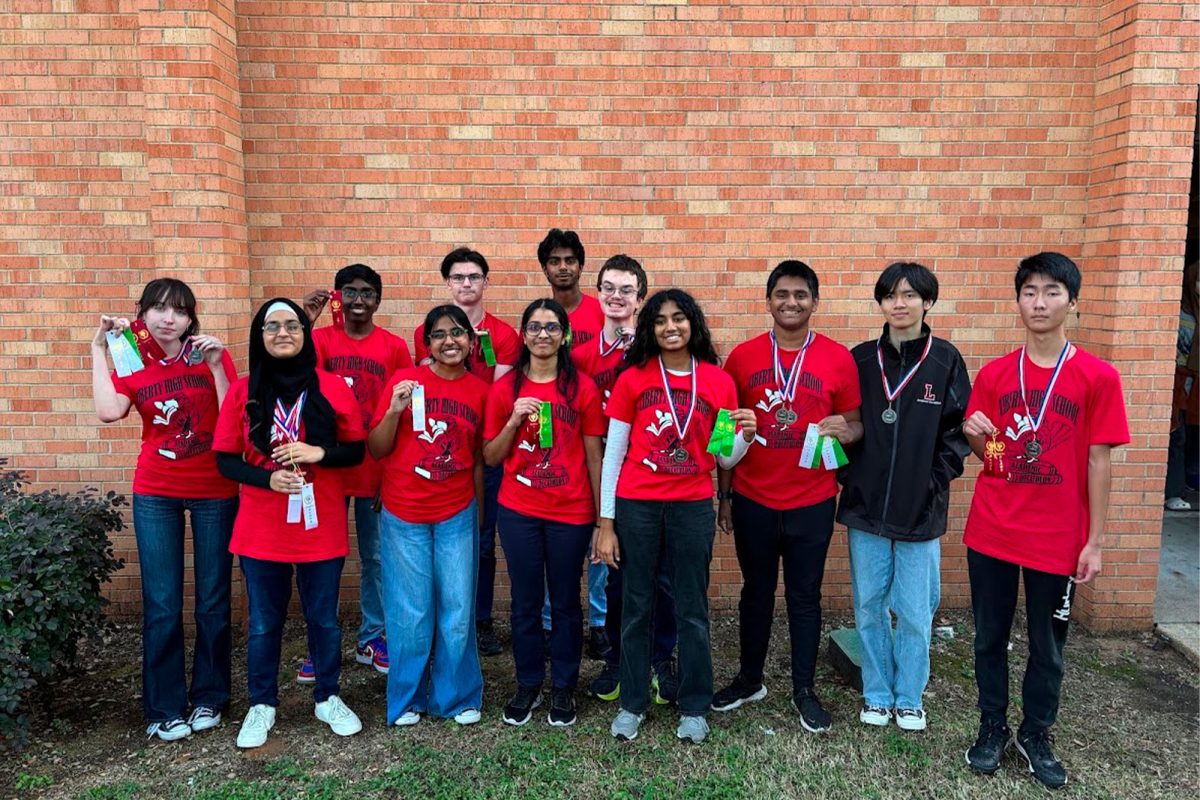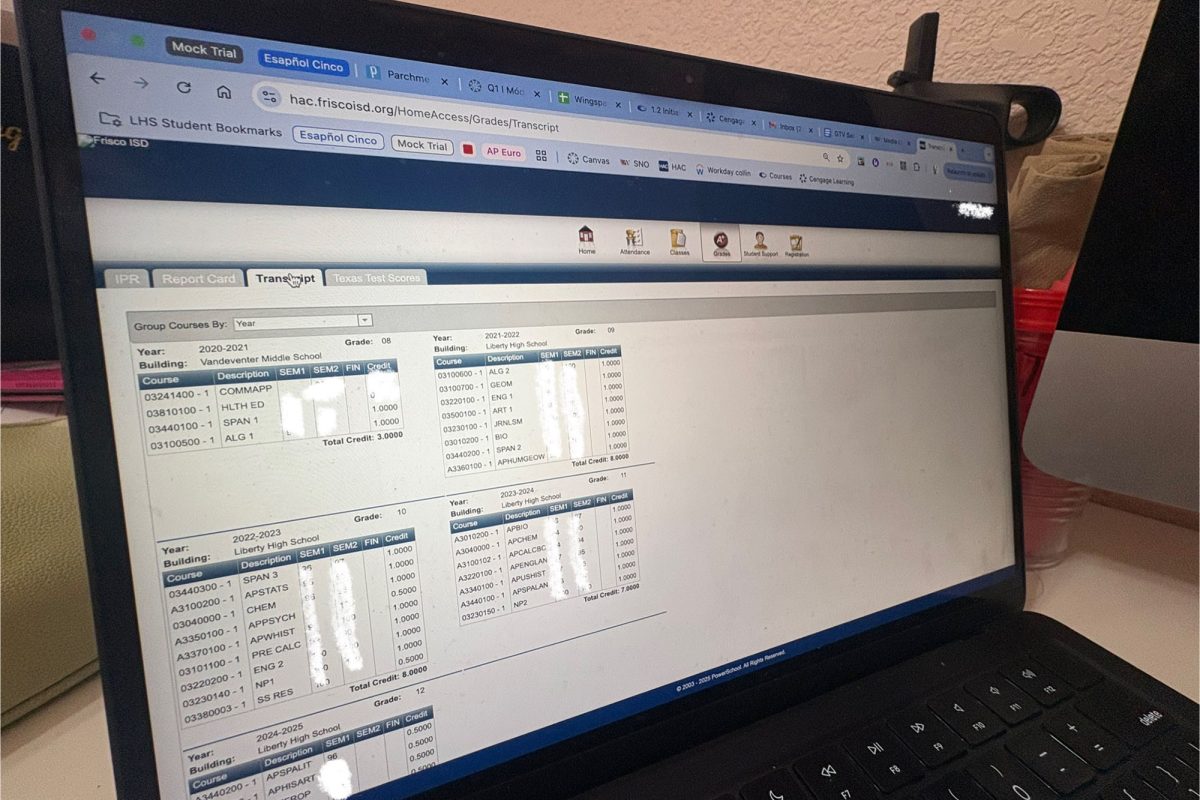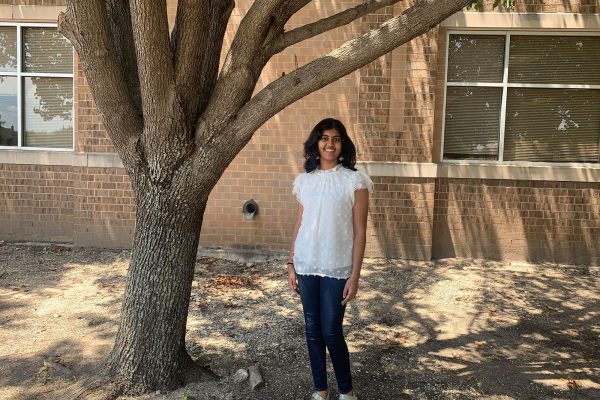Teachers leaving education continues to be an issue for school districts across the country. In addition, many districts are facing a shortage of available substitute teachers. However, statistics from Frisco ISD illustrate a different story in Frisco.
“Looking at the [teacher retention rate] and knowing that [FISD saw a] decrease in [the number of teachers leaving the profession in] one year speaks volumes about what our staff and community and our students did,” Chief Human Resources Officer Pamela Linton said in a Community Impact article. “It’s unheard of to have the [substitute] fill rates that we had.”
Becoming a substitute teacher requires going through a process before actually getting to substitute at a school.
“So, there’s a company by the name of ESS and anyone who is interested in becoming a sub, you go through them, they are your employer,” AP secretary Sung Symalla said. “They’re looking for college graduates, certified teachers. If you do not have a college degree, then you can become an aide for special ed or something like that.”
Once a substitute is in the classroom, things can be different from day to day. But one thing that can make a difference are the lesson plans for the day.
“It really depends on the class,” substitute teacher Sylvia Karmanoff said. “There’s quite a variety. Sometimes, the teachers leave information about what the students are studying and I’m able to actually teach and participate in the classroom and I really enjoy that because it gives me an opportunity to work with the kids and make a difference.”
Having a large number of substitute teachers willing to take jobs, as having a high substitute teacher fill rate is vital for a school according to Symalla.
“So, if you have a higher [substitute] fill rate, it makes it easier on the school itself,” Symalla said. “So, for example, if you do not have an absence that is filled, then we are left to struggle to find maybe a paid teacher who could be a sub or a student teacher. It would make it more difficult if there were not subs to fill the open positions.”
Seeing that a district has a higher substitute fill rate can also be appealing for substitutes looking for more opportunities to work at schools.
“[Having a higher substitute fill rate] means that people want to work here and they’re willing to come to the school,” Karmanoff said. “The school is a good place to be, the students are fun to work with, and the teachers leave us information, so we can be effective.”
In the end, it all comes down to the students. Having a high teacher retention rate and a high substitute fill rate means that the students, more than anyone, benefit and have a better education overall.
“[At] our school, Liberty, we are very fortunate that the subs like to come here and most of the time the jobs are picked up,” Symalla said. “It [also] makes it easier on the students if they are comfortable with the teachers and they know who’s coming back and they build that rapport.”



